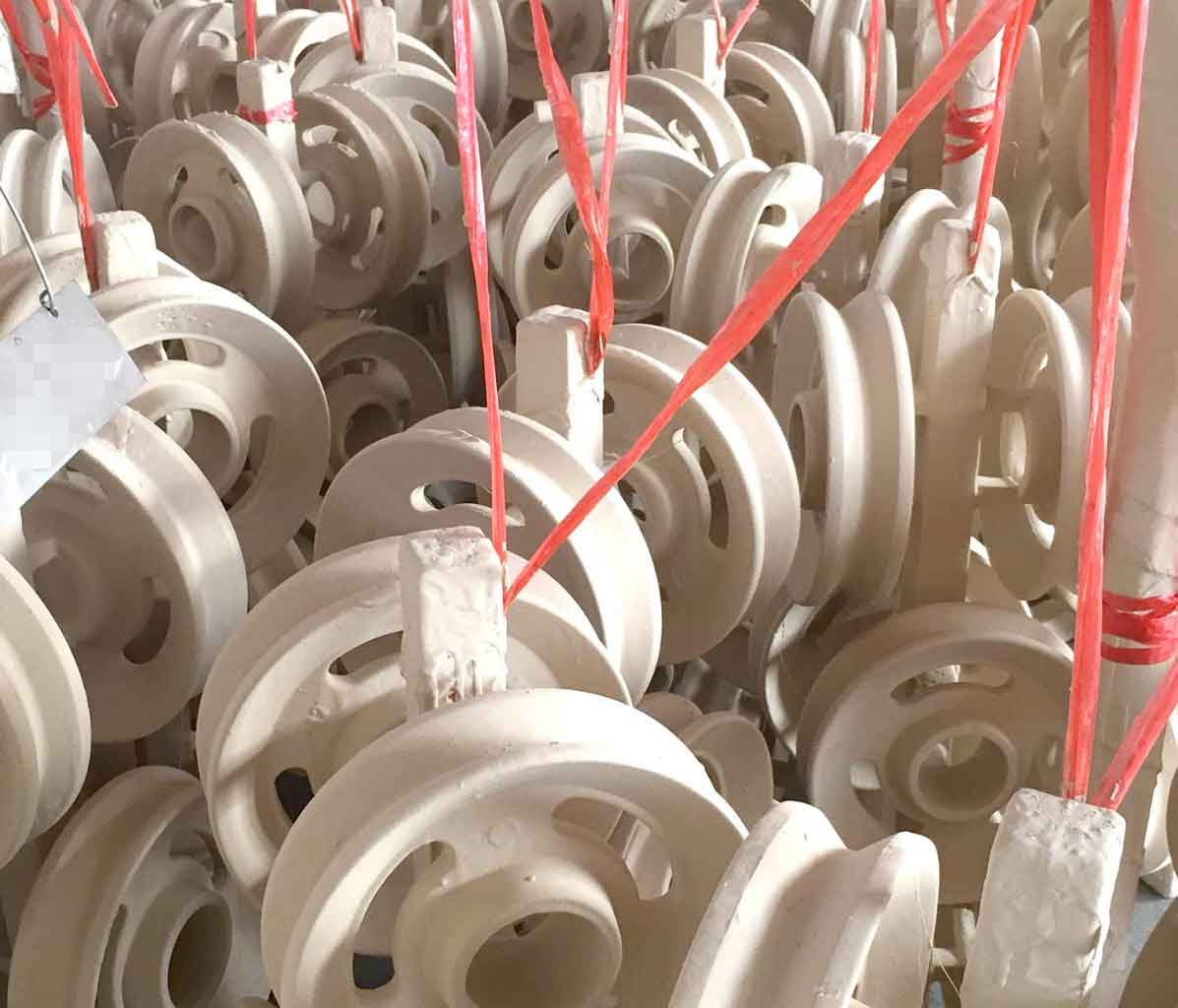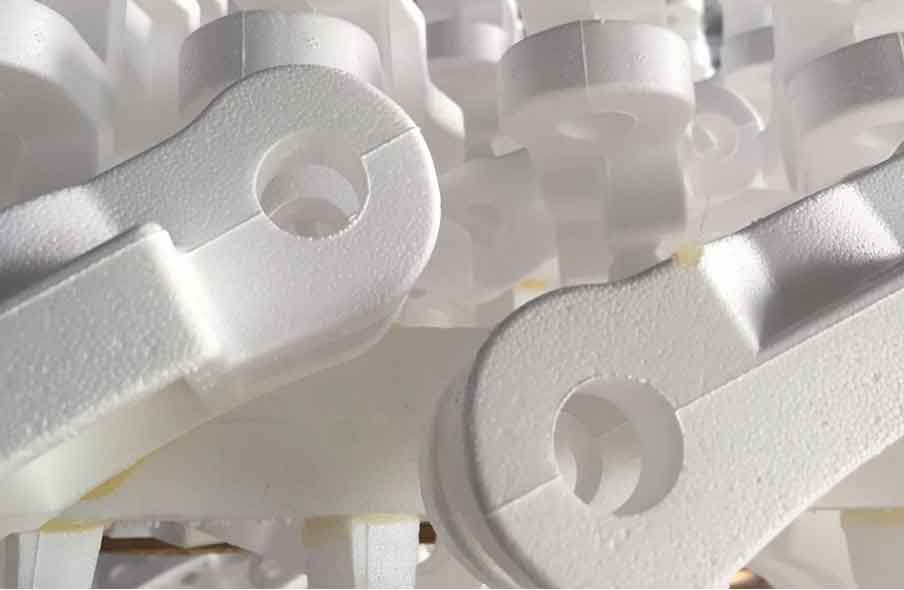The performance test of lost foam casting coating is a necessary condition to stabilize the production process and ensure the quality of castings. The physical properties of lost foam casting coating, such as density, viscosity and weight, can be checked in the laboratory with conventional standard instruments, and can also be measured at the production site with densitometer, flow cup viscometer and deposition gravimetric method, while the rheology can be measured with rotary viscometer.

The permeability of refractory coating on the pattern is an extremely important parameter in the production of castings with foam polystyrene gasification mold. For iron castings, this parameter is extremely important due to high pouring temperature and chemical composition. There are many methods to measure the permeability of lost foam casting coating. The normal temperature permeability of lost foam casting coating can be measured by the following methods, as shown in the figure:
(1) Made of tung oil sand or sodium silicate sand Φ 50×50 standard sand sample, after drying, measure the sand sample height H. Measure the permeability K1 of the sand sample on the green sand permeability tester.
(2) One end of the sample is soaked with lost foam casting coating, and after drying, the total height of the sand sample is measured and the coating thickness is calculated β, Measure the permeability K2 of green sand on the permeability tester.
(3) Calculate the permeability of lost foam casting coating.
The high temperature permeability test method, which simulates the pouring situation under the actual production conditions, measures the close relationship between the heating change of EPS and the permeability of lost foam casting coating layer. The results show that with the increase of coating density and coating thickness, the permeability of the coating decreases. The permeability of single particle size coating is higher than that of dispersed particle size coating, and the high-temperature permeability of organic adhesive coating is better than that of inorganic adhesive coating. There are other test methods for the coating layer of lost foam casting, such as differential thermal analysis, thermogravimetric analysis, loss on ignition value subtraction, infrared spectroscopy, etc. the coating layer before and after pouring is analyzed, and the physicochemical properties and changes of the coating layer during pouring are further mastered.
H. L.tasi et al. Studied the wettability and infiltration of lost foam casting process coatings, and believed that the escape of liquid decomposition products should be through the wetting and infiltration of coatings. The factors that affect the wettability and permeability are: temperature, coating temperature, coating type, metal indenter, etc. The relationship between infiltration depth and time follows capillary law. When pouring aluminum castings, the decomposition products are mainly liquids, which are wetted after reaching the critical temperature, and infiltration occurs at higher temperatures, and some of them exist at the metal / coating interface after mold filling, which is then eliminated. Therefore, the wettability and permeability of the coating are very important.

The heat preservation of lost foam casting coating during pouring also has a great influence on the filling process of molten metal. In lost foam casting, dry sand molding is used, and its chilling capacity is only 1/3-1/2 of that of green sand mold. However, because the alloy filling speed is only 1/4 of that of green sand, the heat loss due to coating heat dissipation during alloy filling is still very high. Therefore, when other conditions are certain, the thermal insulation of the coating is a key factor to reduce heat loss and improve the filling ability of the alloy. The porosity of the coating indirectly reflects the permeability of the coating. The porosity of lost foam casting coating was calculated by measuring the bulk density and actual density of lost foam casting coating.
